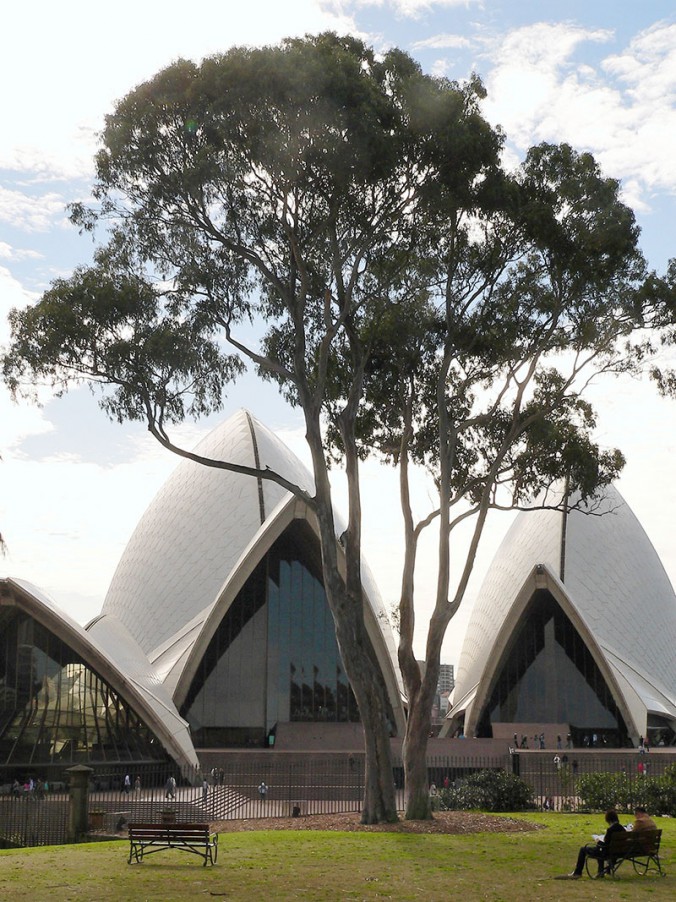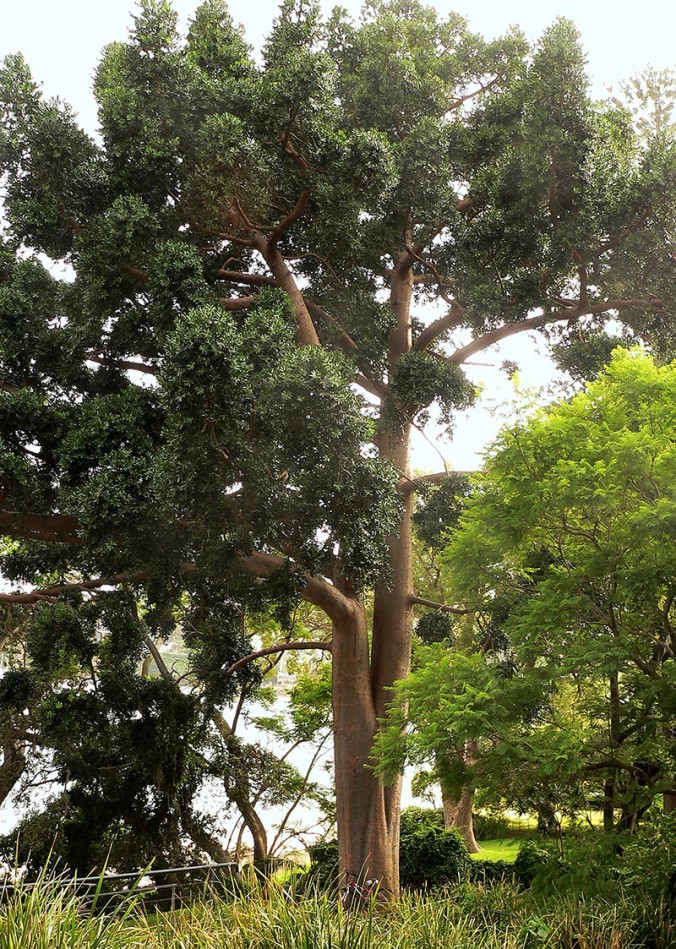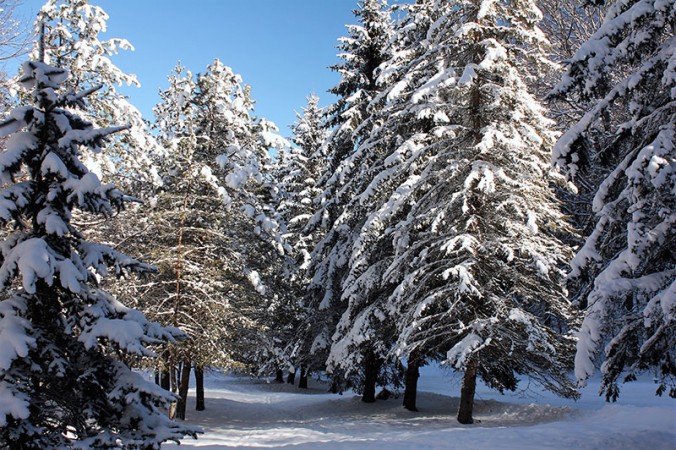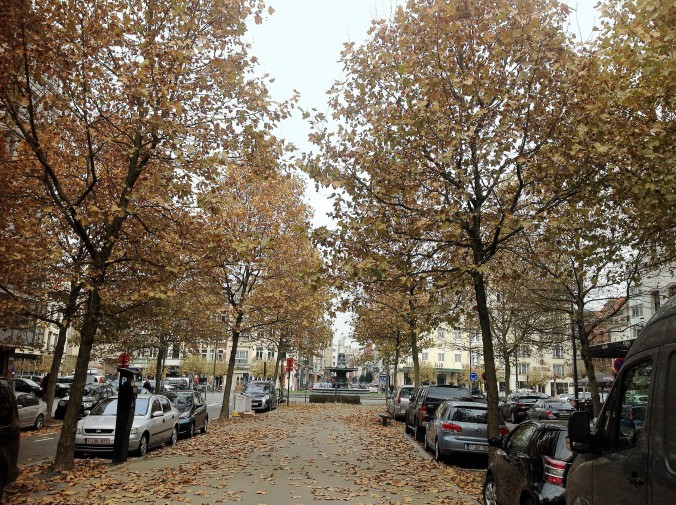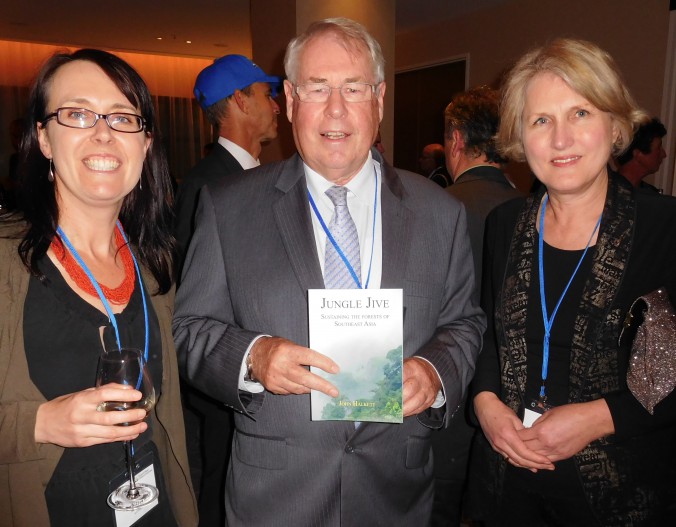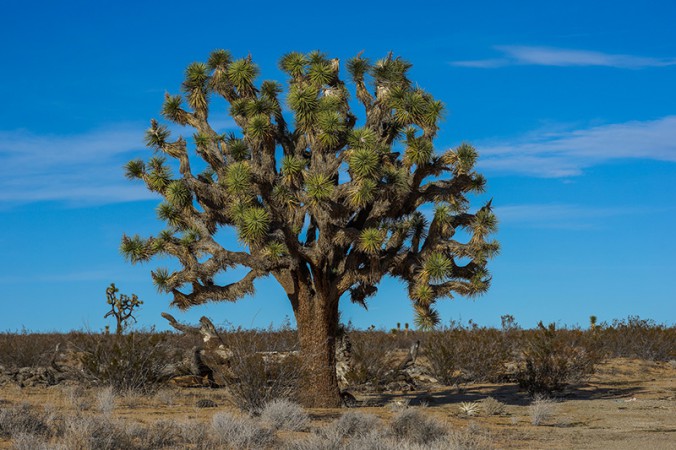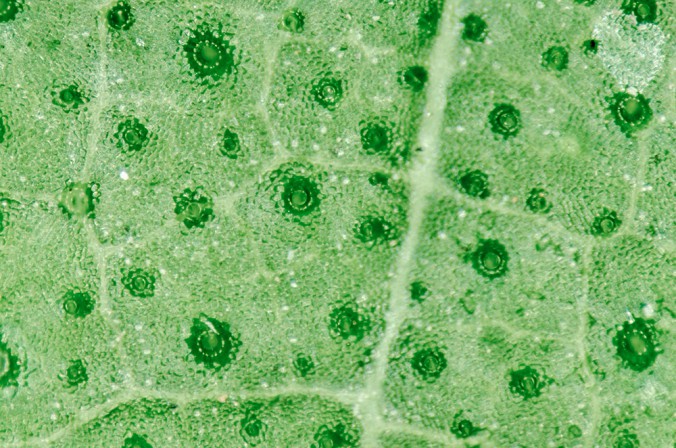The only surviving eucalypts from the natural forest in the garden are two twin red gums perched up on the cliff behind the Opera House on the Bennelong lawn. No doubt they were mere saplings in 1788 when the 11 tall, wooden ships of the First Fleet arrived in Sydney. Incredibly, this Bennelong twins alone have survived so close to the city. Referring to them, Ashley Hay (Gum, 2002 Duffy & Snellgrove, Potts Point, NSW, Australia.) wrote:
… Read more “Red gums sentinels to First Fleet arrival”The view from [its] crown began to change from the canopies of other eucalypts growing along the land’s ridges and streams, from clear distance running
